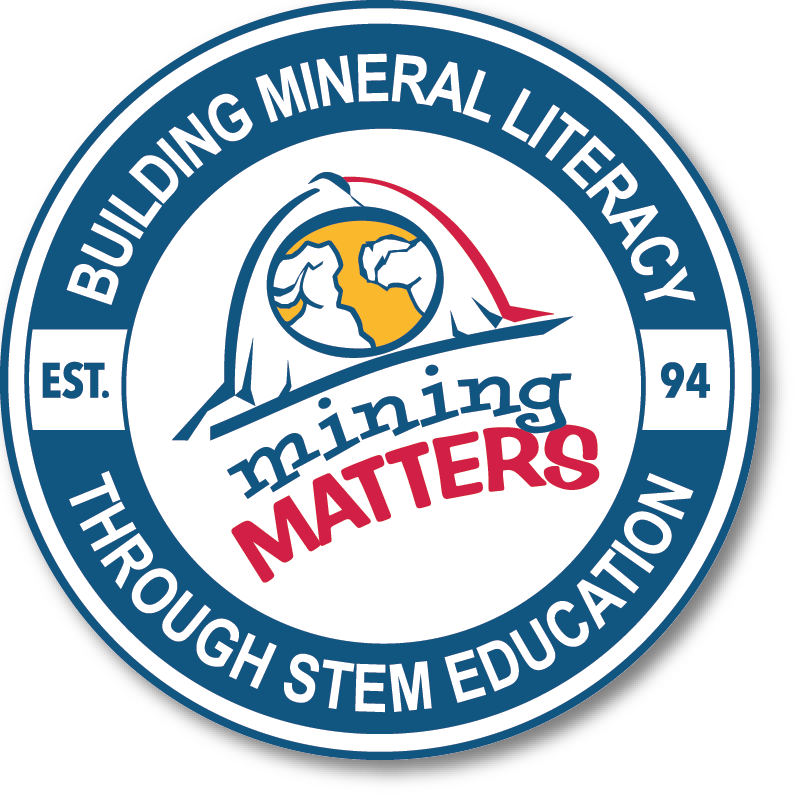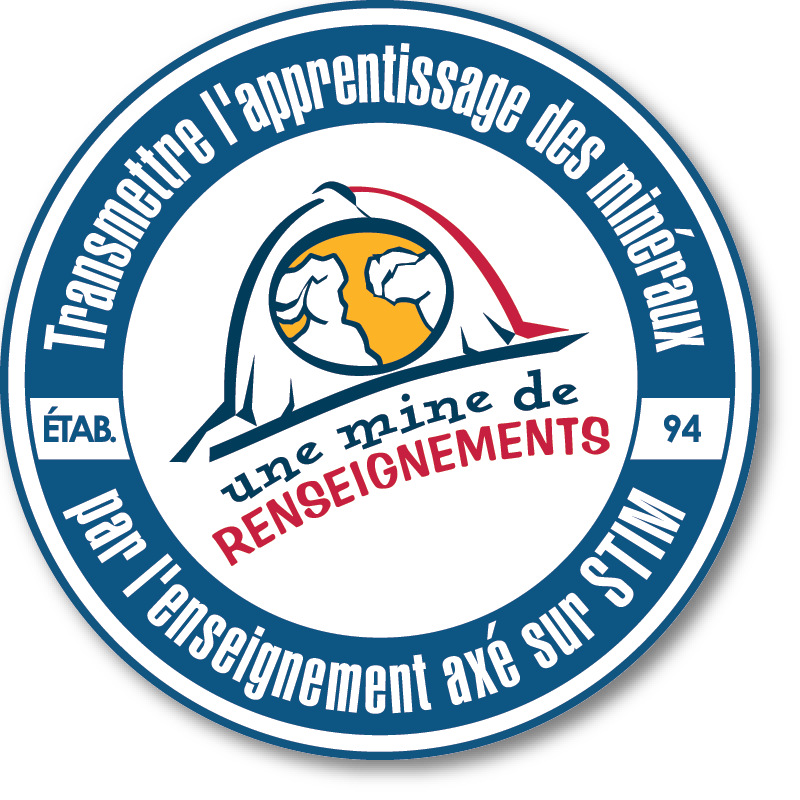Discovering the Niagara Escarpment
The Bruce Trail is a continuous path system along the Niagara Escarpment from Niagara to Tobermory; it has 850 km. of main trails.
The Niagara Escarpment is the cliff face of a ridge at the edge of a much larger formation called the Michigan Basin, a depression in the Earth’s crust that once held a tropical sea.
Over time, layers of silt, sand, debris and the remains of sea creatures were deposited in layers that hardened into sedimentary rock. Eventually, the sea retreated and the Great Lakes formed. Around the perimeter of the Michigan Basin, the edge of the sedimentary rock layers tilted upwards, and where exposed, we see a ridge formation, or cuesta. Every cuesta has a steep slope, or escarpment, where the rock layers are exposed on their edges. On the other side is a gentler slope called a “dip slope.”
The cuesta is made up of layers of rock that are more resistant to erosion than the land around them. In our Niagara Escarpment, the low layers are made up of soft sandstone and shale, while the top layers are harder limestone and dolostone. The lower, weaker layers erode from under the top layers, until the unsupported top layers fall off in large pieces, forming a cliff face with jumbles of rock at the base. This cliff face is the Niagara Escarpment. When you drive across the Niagara Escarpment from west to east (on Hwy. 5 for example) you drive up the dip slope, and down the escarpment.
PDAC Mining Matters News April 2007 – Issue 9




